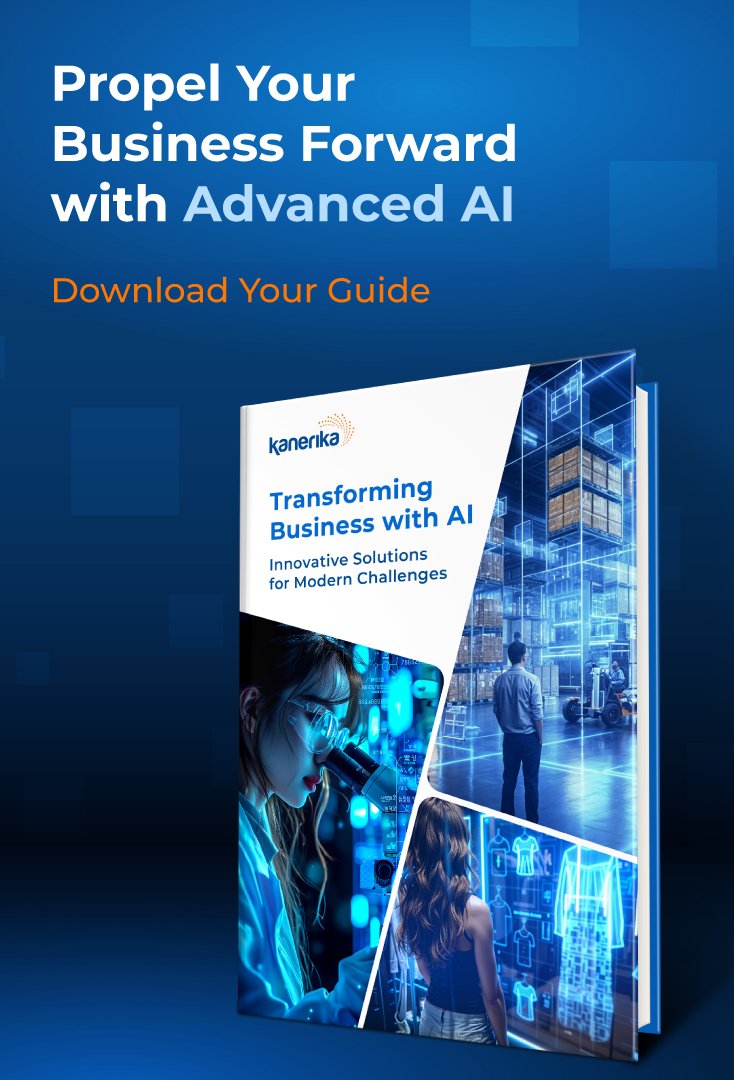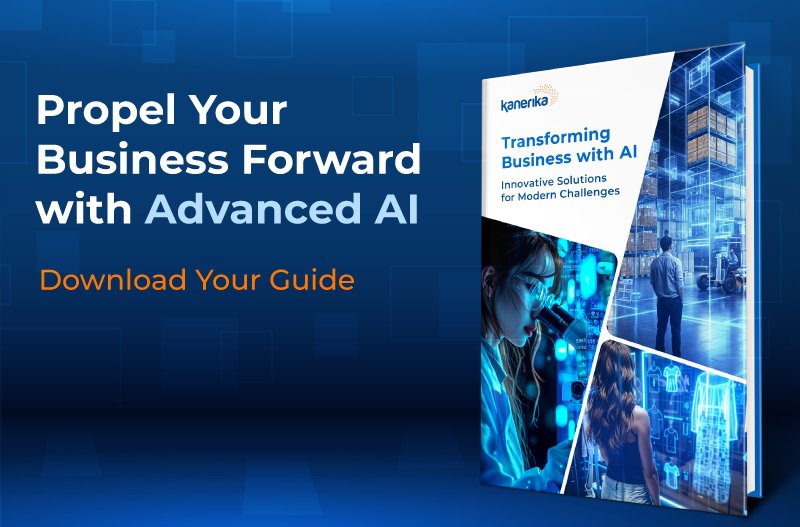Support Vector Machines
Support Vector Machines
Support Vector Machines (SVMs) are a powerful type of supervised machine learning algorithm used particularly for classification tasks. For example, they are great at differentiating between handwritten numerals, preventing spam emails or recognizing objects in pictures.
Vladimir Vapnik and his team introduced SVMs back in the 1960s as a way of finding the best hyperplane. The location of this hyperplane is in high-dimensional space; hence it efficiently segregates data points with different classes.
How Do Support Vector Machines (SVMs) Work
SVMs find the hyperplane which is optimal in separating the data points belonging to different classes in a high-dimensional space. This hyperplane is also known as the decision boundary. SVMs try to maximize the margin that represents distance between the decision boundary and the nearest data points from each class. By maximizing margin, SVMs ensure better generalization and robustness to new data points.
To demonstrate this further, picture a 2D space where apples are on one side and oranges on the other side. The idea is to find an ideal line that separates all apples from oranges with maximum distance from each fruit. Once we have this line established any new item will fall easily into either apple or orange category therefore making classification exercise quite simple.
Mathematical Foundations Behind SVMs: Optimization & Kernel Trick
The objective of SVMs is to create a hyperplane via optimization methods that maximize margins while minimizing penalties for misclassified points. To find the best solution, we rely on Lagrange multipliers, a mathematical technique that helps solve optimization problems.
However, things become tricky in the case of non-linearly separable data. Going back to the fruit example, what if an apple and an orange are occupying the same 2D space?
This is where the “kernel trick” comes in . Through a transformation of higher-dimensional space, this trick allows separation with a lot more ease. You can implement different kernel functions like linear or radial basis function kernels to impact how data is mapped and influences the decision boundary.
Implementing SVMs in Practice
Popular programming languages such as Python offer libraries like scikit-learn that make implementing an SVM easy peasy. All it takes is three steps: write it out, specify your kernel (linear), and fit it into the training data set.
Choosing the correct kernel and setting the regularization parameter are crucial for accurate predictions in classification tasks. The kernel defines the decision boundary, while the regularization parameter balances margin maximization and misclassification minimization, ensuring the model’s generalizability and preventing overfitting.
Applications of Support Vector Machines
These machines are extremely versatile and can be used in many fields, such as:
- Image recognition: Look at pictures and recognize objects like identifying faces, cars, or animals
- Text classification: Categorizing text documents like emails, news articles, or social media posts into different topics (spam vs not spam)
- Bioinformatics: It plays a crucial role in classifying genes and proteins based on their properties, which in turn aids in drug discovery and disease research efforts.
And these are just some of the examples. SVMs continue to be useful in many other fields because of their effectiveness when it comes to classification tasks.
Challenges and Limitations of Support Vector Machines
Support Vector Machines (SVMs) have some limitations despite their efficacy. One limitation is scalability, particularly with large amounts of data that can increase the time needed for training significantly.
Another limitation is feature scaling sensitivity. Data features must be scaled to ranges that are close so as not to bring bias into decision boundaries towards features with high values. Furthermore choosing the right kernel function can be a daunting task, since various kernels produce dissimilar results.
Moreover, complex data sets and high dimensionality can lead to overfitting. In such cases, cross-validation as a risk mitigating strategy may come in handy.
Comparing SVMs with Other ML Models
SVMs have unique features that make them unlike other machine learning models. One of the big things is how it can accurately split classes since this often leads to better generalization when looking at unseen data.
Here’s a quick list comparing SVMs to some popular models:
- Decision Trees: Decision trees are easy to understand, but they don’t work well with noisy data.
- Random Forests: Random forests have more flexibility and less overfitting than SVMs, but compromise in interpretability.
- Neural Networks: Neural networks perform best at non-linear problems but are slow and need large datasets.
When it comes down to it, the algorithm you choose should depend on the problem at hand, the available data and what you want as your outcome. Every algorithm has its own advantages and disadvantages, so choosing one will come down to context and analysis objectives.
Future of SVMs
Machine learning continues to evolve along with its components and techniques, including Support Vector Machines. Ongoing research aims to improve their efficiency in handling large datasets by finding new kernel functions for more complex data structures. Integration of SVMs with different machine learning techniques is also being explored to exploit each approach’s strengths.
Conclusion
Support Vector Machines are excellent max-margin models. They can find optimal hyperplanes for classification tasks and boast a strong theoretical foundation. Given that the field of machine learning keeps advancing, iSVMs will remain relevant by growing alongside other techniques to maximize the potential of data analysis and improve classification tasks.





